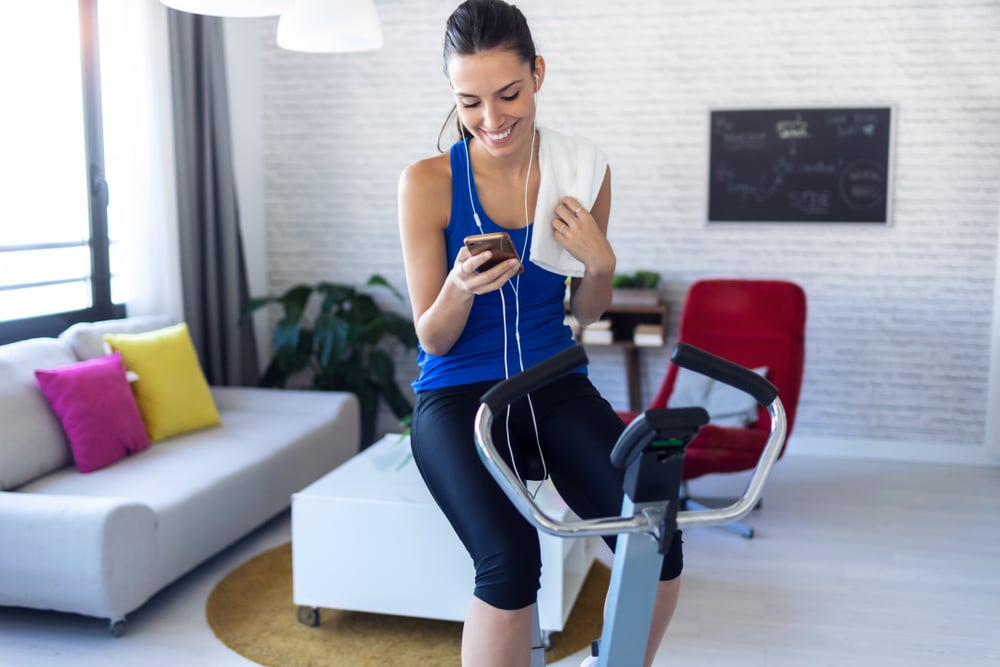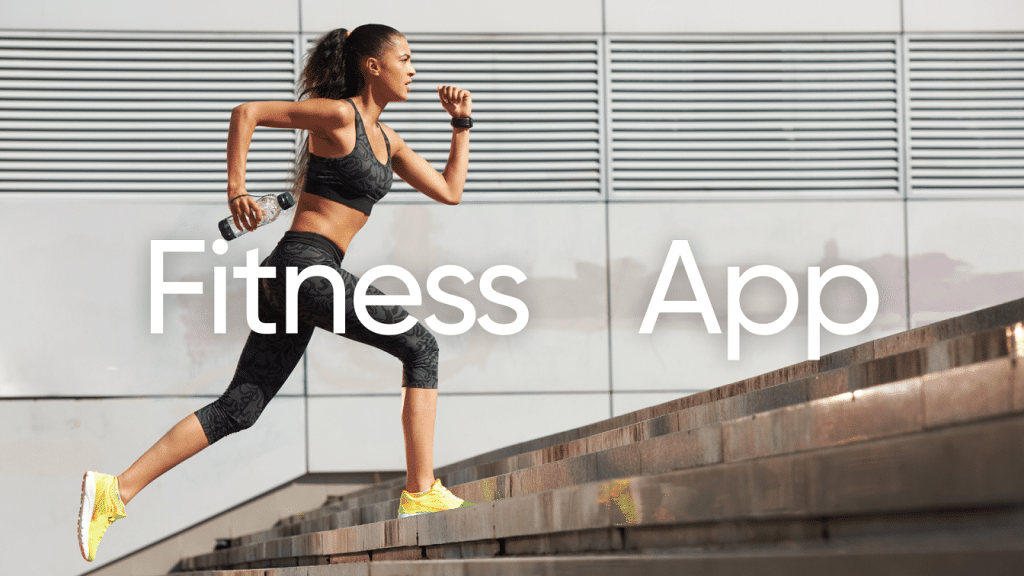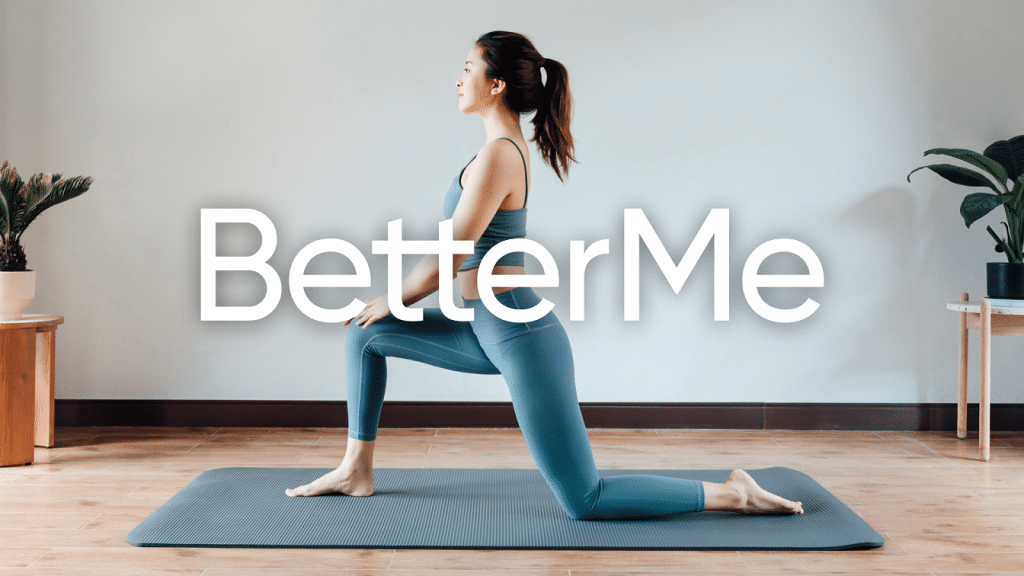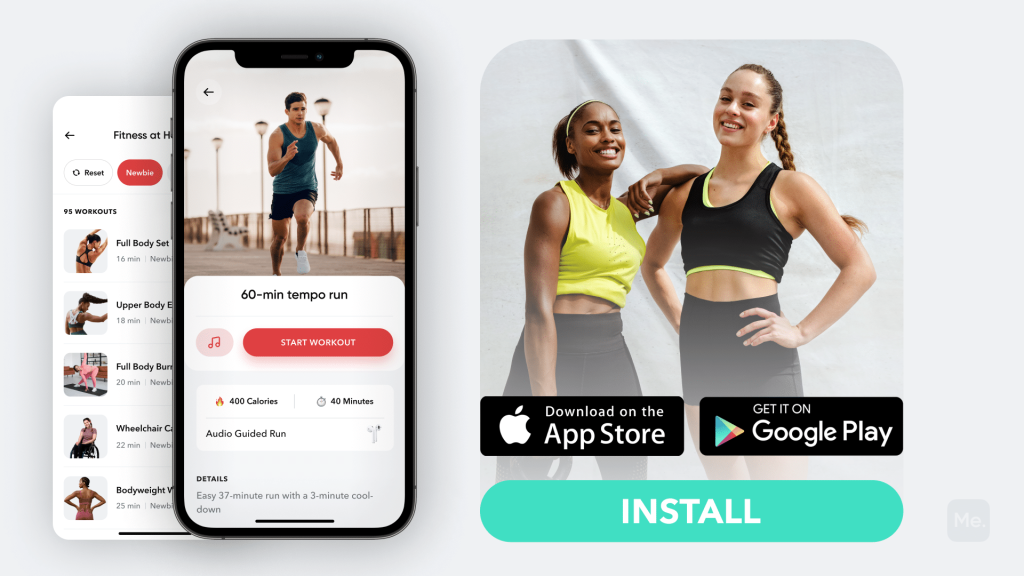When it comes to working out, mobility exercises are not something that many of us think about. We always remember to do our cardio for better heart health, lift weight for strength and muscle gain but somehow we never truly consider mobility until the very last minute where our joints have been hurt.
Get your personalized
meal plan!
If you are interested in learning more about mobility exercises read on to find out interesting facts such as ‘what are mobility exercises’, ‘the difference between stretching and mobility’, ‘how often you should do these workouts’, when to do mobility exercises and much more.
What Are Mobility Exercises?
These are exercises that help to increase the range-of-motion and stabilization, or control of the muscles that surround your joints. Without proper mobility in your joints, you are more likely to injure yourself while working out (especially if you are using weights), it can hinder your muscle growth and even prevent you from getting stronger while putting in all the necessary work.
Read More: Static Stretching: The Ultimate Post-Workout Routine
Mobility Exercises Vs. Flexibility vs Stretching: What Is The Difference?
To many people, mobility, flexibility, and stretching all seem to be the same thing that can be used interchangeably in a sentence. In truth, however, while they are related in some form or the other, they are also quite different and none can take the place of the other. Here is why:
Mobility Vs. Flexibility
They work hand in hand but are not the same thing.
When referring to a person with great mobility, we mean someone who is able to perform functional movement patterns with no restrictions in the range of motion of those movements. On the other hand, someone with great flexibility may or may not have the core strength, balance, or coordination to perform the same functional movements as the person with great mobility.
Sounds confusing right? In layman’s terms, mobility is the ability to comfortably move your joints through their full length of motion – think about being able to rotate your shoulders in circles without feeling as though the shoulder is about to pop out of its socket. As for flexibility this is a muscle’s ability to lengthen passively, or without engagement – think yoga poses (3).
If you are looking to improve both your mobility and flexibility, then ballet is a great activity as it helps with not only these two matters, but also with muscle strength and control, balance and coordination, can help reduce back pain, and is a fantastic form of strength training.
Mobility Vs. Stretching
As previously mentioned mobility basically deals with the range of motion in your joints. Stretching, on the other hand, is defined as a training method used to improve and increase flexibility. We have two types of stretching namely:
- Static stretching. This focuses on one muscle group at a time and involves stretching said muscle to near its furthest point (without feeling pain) and then holding that position for at least 15 or 20 seconds.
- Dynamic stretching. This involves the active tightening of your muscles and moving your joints through their full range of motion throughout the stretch. This is done to help prepare your muscles, ligaments and other soft tissues for performance and safety (1).
If you wish to free yourself from all the extra pounds that have been weighting you down for way too long, start using the BetterMe app and overhaul your entire life!
How Often Mobility Exercises: How Many Times A Week Should You Do These Exercises And For How Long?
Mobility exercises may not show significant outward changes like cardio workouts or weight lifting do but this does not mean that they should be ignored. If you are wondering how often to do mobility exercises, they should be done daily for 10 to 15 minutes. Always do your mobility training during the warm-up portion of your workout routine and do not forget to stretch after you are done with the full workout session.
Why Are Mobility Exercises Important?
Here are some reasons why you should incorporate more mobility training routines in your day-to-day life/activities:
- Reduces the risk of injury. Imagine if you were doing a deadlift but the muscles in your legs and hips were a bit too tight and not allowing you to move right. This would lead to your back muscles overcompensating for this and could very easily lead to a back injury. Mobility training ensures that all your muscles are working as required, thus preventing injury.
- Makes day to day movements easier. To walk properly, you require the muscles and joints in the hips, knees, and ankles to be working perfectly. If just one of these joints is hurt then simple daily tasks become impossible to do.
- Offers a more effective warm up. Do not get it wrong, there is absolutely nothing wrong with doing a full body warmup before your workout session. In fact, warm-ups are highly encouraged before every workout routine. However, dedicating some extra time to mobility training your joints and muscles goes a step further in ensuring that you are protecting yourself from injury while working out.
- More range of movement equals improved technique which equals reduced risk of injury. This is especially true when it comes to weight training. Trying to lift heavy weight with tight muscles is a recipe for disaster that can lead to some very painful injuries that may even require surgery to fix (2).
Read More: Dynamic Stretching: The Ultimate Pre-Workout Routine
Mobility Training Exercises To Add To Your Daily Routine
Hip Mobility Exercises
If your hips feel tight, these exercises will help to open them up:
Hula Hoop Hip CAR
- Start by standing with your feet about hip-distance and rotate your hips to create a hula hoop circle.
- Bend at the waist as far as you can, to create as large a circle as possible while maintaining muscular control.
- Be sure to contract your glutes when your torso tilts behind you. Perform 10 circles in each direction.
Frog Stretch
- Begin by getting on your hands and knees and make sure that your hands are underneath your shoulders and the knees are below the hips. Place a blanket of pillow close to your ankles as you may need it.
- Inhale and as you exhale, slowly push your knees out towards the side as you exhale. When you start to feel a stretch – either in your inner thighs or the groin area – stop, hold and simply breath. Keep pushing as far as you can but not to the point of pain.
- Continue opening your hips as you turn your feet out towards the side and flex your ankles so that your inner feet, inner ankles, and inner knees are touching the floor.
- Slowly lower down to your forearms with the palms either flat on the floor or pressed together. If this feels too intense, stay on your palms or place your forearms on blocks.
- Stay in this final position and breathe deeply for a count of five to 10 breaths or for as long your body comfortably desires.
Shoulder Mobility Exercises
Shoulder Rolls
- Stand with the feet hip-width apart with your arms hanging down closely at the sides of your body.
- On an inhale, lift the shoulders up toward the ears (as though you were shrugging), move them back and squeeze the shoulder blades together.
- On an exhale and drop the shoulders back and move the elbows forward, feeling the stretch at the back of the shoulders.
- Repeat this 10 times or for about 30 seconds.
Figure 8
- Start with a pretty wide grip on each end of the broomstick and keep your elbows straight.
- Lift up one arm and first bring it up overhead, then down at the back side of your body. Imagine you’re drawing a circle with the stick. At the same time bring your left hand to the back side of your body, close to your lower back.
- Next, lift up the left hand and do a similar circle so that the broomstick ends up at the front side of your body, close to your quads. Then, do the right side.
- Do this for about 30 seconds (4).
Ankle Mobility Exercises
Ankle Circles
- Begin by sitting or lying down in a comfortable position and place your ankle on an elevated position e.g. on a towel or foam roller.
- Start turning your ankle slowly in circles, clockwise 10 circles and counterclockwise 10 circles.
- Switch legs and repeat the same process on the other ankle.
Heel Raises
- Stand with your feet about slightly apart, with your hands lightly resting on a counter or chair in front of you.
- Slowly and in a controlled motion, lift your heels off the floor so that you’re standing on the balls of your feet and then slowly lower your heels back to the floor.
- Continue doing this for 30 seconds.
Yanking yourself back in shape has never been so easy with our game-changing fitness app! Start transforming your life with BetterMe!
Knee Mobility Exercises
Heel Slides
- Lie on your back with your legs extended and your feet slightly apart.
- Slowly slide your heel up toward your buttocks while keeping the heel on the bed/floor/mat. Bring the heel as close to your butt as you can.
- Hold this position for 5 to 10 seconds before sliding the leg back down.
- Switch to the other leg and repeat the same movement.
- Do this 10 times on each side.
Straight Leg Raises
- Lie on your back with your hips square and your legs laid out comfortably on the floor.
- Bend one knee at a 90-degree angle, planting the foot flatly on the floor.
- Stabilize the muscles on your straight leg by contracting your quads (the group of muscles on the front of your thigh).
- Inhaling slowly, lift the straight leg six inches off the ground, hold it here for three seconds and then exhale slowly as you lower the leg to the floor.
- Relax and repeat 10 times more before switching to the other leg.
Which are the best squat mobility exercises? With the exception of your core, doing squats requires the muscles in your lower body, starting from the hips all the way to the toes. In line with this squat mobility exercises are any workouts that target the mobility of your hips, knees, and ankles. All the examples mentioned above will help with this.
The Bottom Line
If you are not including mobility exercises in your workout routine then you are doing yourself and your body a disservice and are putting yourself at a higher risk of injury. Always be sure to include these quick and simple workouts in your warmup.
Check out this 20-min Full Body Workout at Home.
DISCLAIMER:
This article is intended for general informational purposes only and does not address individual circumstances. It is not a substitute for professional advice or help and should not be relied on to make decisions of any kind. A licensed physician should be consulted for diagnosis and treatment of any medical conditions. Any action you take upon the information presented in this article is strictly at your own risk and responsibility!
SOURCES:
- Comparison of low back mobility and stability exercises from Pilates in non-specific low back pain: A study protocol of a randomized controlled trial (2017, researchgate.net)
- CURRENT CONCEPTS IN MUSCLE STRETCHING FOR EXERCISE AND REHABILITATION (2012, ncbi.nlm.nih.gov)
- Exercise to Improve Mobility in Healthy Aging (2015, researchgate.net)
- Effects of physical exercise therapy on mobility, physical functioning, physical activity and quality of life in community-dwelling older adults with impaired mobility, physical disability and/or multi-morbidity: a meta-analysis (2012, ncbi.nlm.nih.gov)










